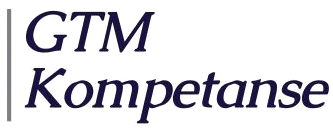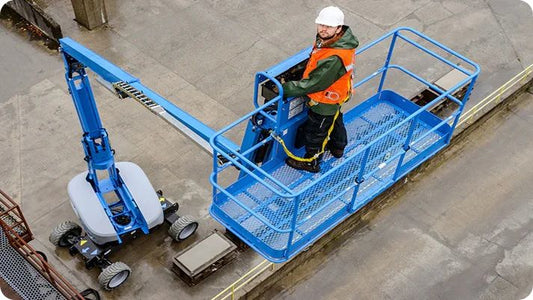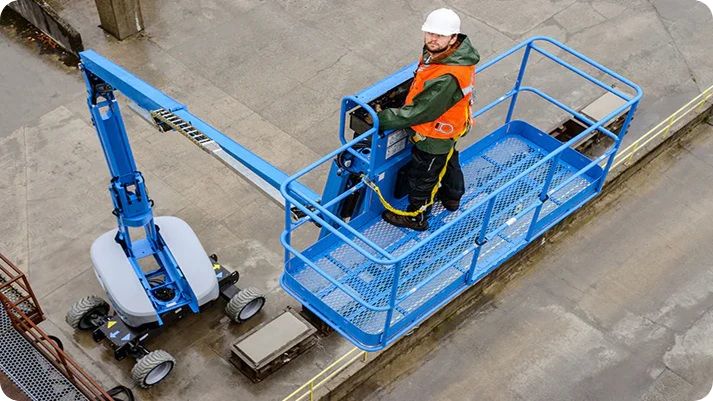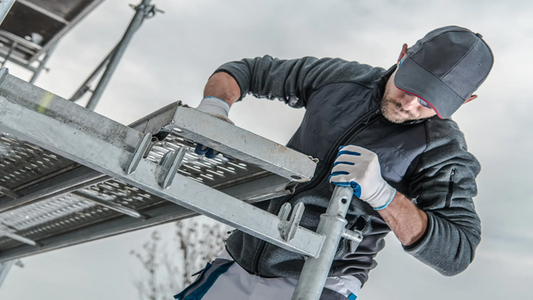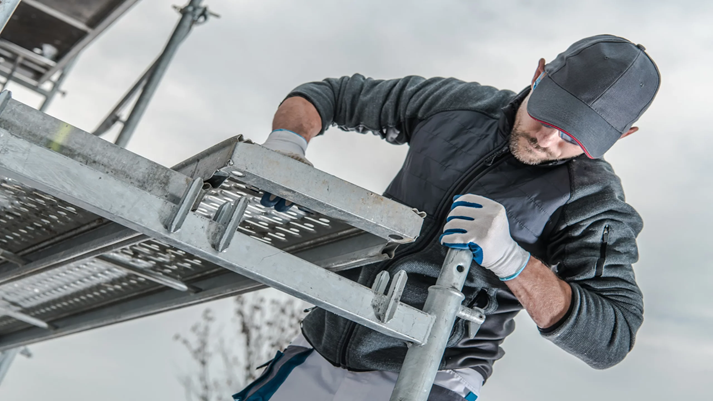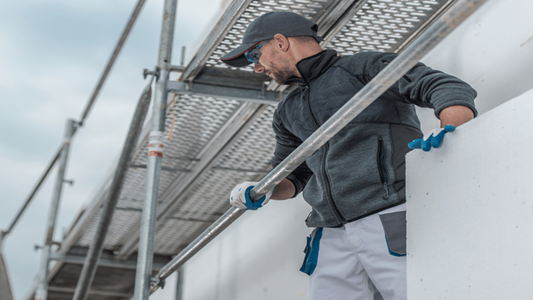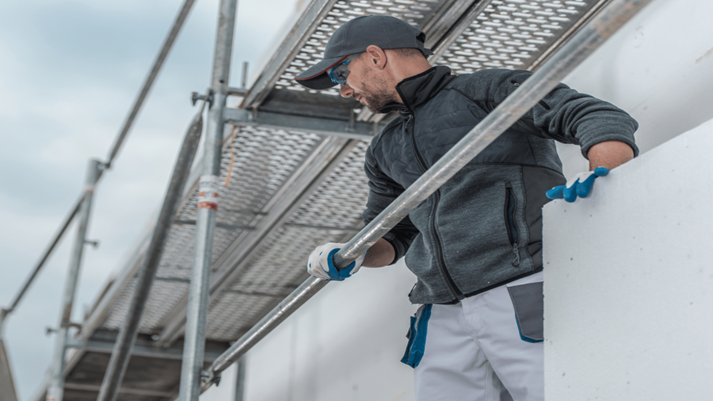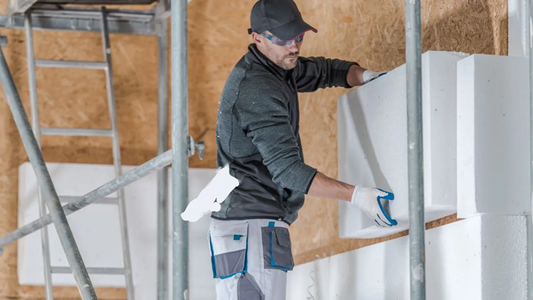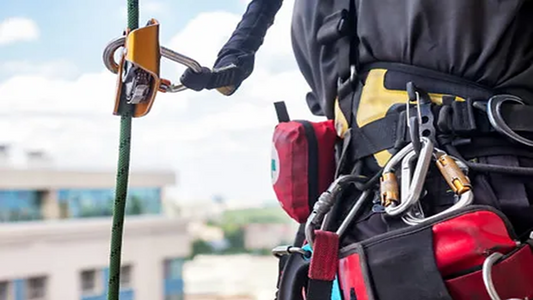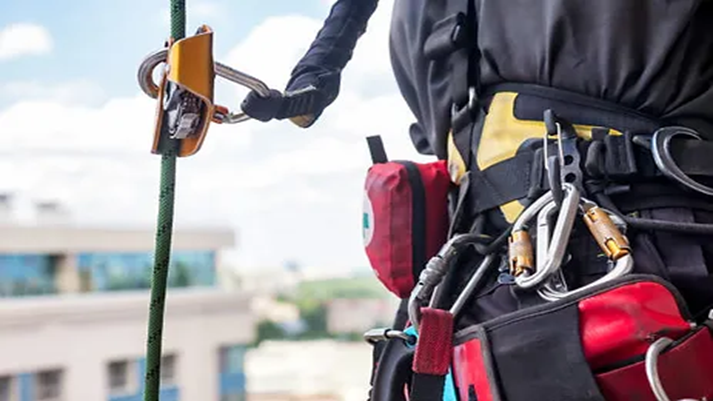The Norwegian Labour Inspection Authority reports that many businesses use fall protection equipment in a way that puts the lives and health of employees at risk. Instead of following the regulations and the manufacturer's instructions, the equipment is used incorrectly - which can have serious consequences. This has led to a number of violation fines, especially in the construction industry.
– Employers must take responsibility for planning, training and monitoring work at height , says Tore Jeppe Sørhaug, section manager at the Norwegian Labour Inspection Authority.
Dangerous work at height: the most common offense
In 2023, the Norwegian Labour Inspection Authority issued 653 fines for violations, and the construction industry in particular stood out negatively. The most common reason? Dangerous work at height , where collective safety measures were ignored in favor of personal protective equipment – or no safety was used at all.
Examples from supervisory reports:
- Workers were working unsecured on roofs, which led to a halt in work due to imminent danger.
- Fall protection equipment was used incorrectly – with the wrong anchor point and insufficient clearance height.
- The risk was assessed incorrectly: personal fall protection was chosen over collective protection, which is actually the main rule.
Planning and risk assessment are the employer's responsibility
Before work at height begins, collective protection should always be considered first. This involves the use of railings, scaffolding or other solutions that protect multiple workers at the same time. Fall protection equipment should only be used if there are no other reasonable measures.
– When personal protective equipment is necessary, the employer must document when and how it will be used, says Sørhaug.
The fall protection equipment is approved – but is used incorrectly
Inspections conducted in 2024 show that manufacturers and technical inspection bodies are following the regulations, and that CE marked equipment is generally in order. The problem most often arises at the point of use – where planning fails, training is inadequate, or the wrong equipment is selected .
– It is rarely the equipment itself that is the problem. It is about lack of competence and incorrect use , says Sørhaug.
Challenges when purchasing fall protection equipment
Although many distributors have good product knowledge, it is the employer who is responsible for choosing the right equipment. Inspection reports show that misleading product information , unclear specifications and inadequate instructions in Norwegian remain a problem.
Common pitfalls include:
- Incorrect categorization of products (for example, "fall stop line" without shock absorber)
- Unclear applications: Is the equipment intended for flat, inclined or vertical surfaces?
- Incomplete or missing instructions in Norwegian
Control, training and follow-up are absolutely necessary
It is the employer's responsibility to ensure that employees have the necessary training and that the work is carried out in accordance with the manufacturer's instructions for use. These are based on the manufacturer's risk assessment and contain everything the employer needs to ensure safe use and maintenance.
Fall protection equipment course – more than just theory
The Norwegian Labour Inspection Authority recommends that all employees who will be working at height receive a thorough introduction to the use of fall protection equipment . This involves both theory and practical training in, among other things:
- Proper adjustment of harnesses and leashes
- Use of approved attachment points
- Fall rescue techniques
- Control routines and rejection criteria
For employers who want to provide their employees with the right training, we offer an online fall protection course with theoretical training . The course provides a solid understanding of regulations, equipment and safe practices. Practical training is done with a competent person after completing the theoretical course.
If you want training with practical exercises included, we can also offer an in-house fall protection course - adapted to the work situation and risk conditions at your workplace.
Knowledge saves lives
The correct use of fall protection equipment is not just about regulations – it is about reducing risk and saving lives . Employers must ensure good procedures, the right equipment and proper training. Without this, the consequences can be serious – for both the business and the employees.
(Source: Arbeidstilsynet.no)
